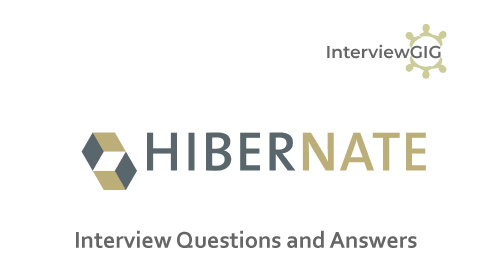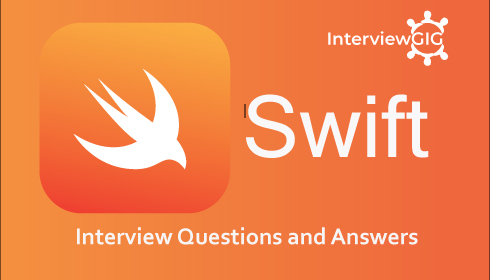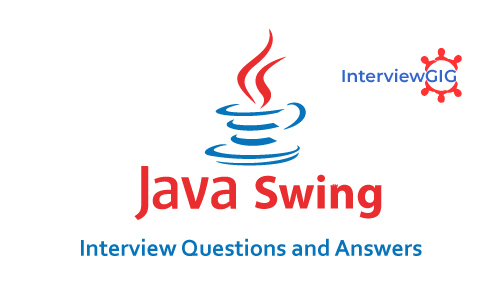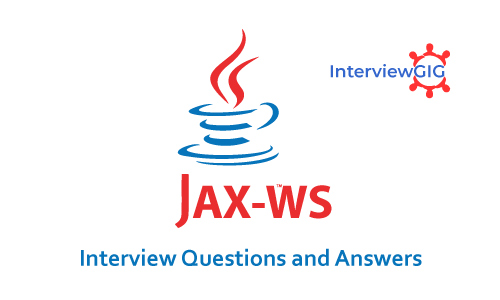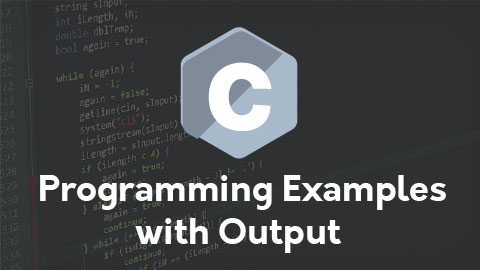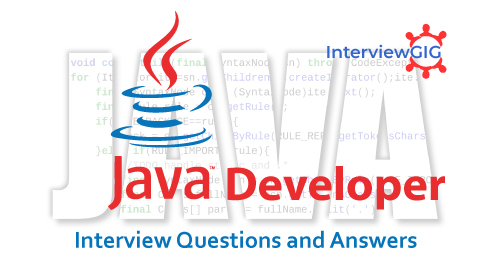What is kotlin?
Kotlin is an open source statically typed programming language for the JVM (Java virtual machine), Android apps, and the browser. It is fully compatible with Java, and Kotlin code can be simply converted to Java code and vice versa (there is a plugin from JetBrains). That means Kotlin can use any framework, library etc. written in Java. On Android, it integrates by Gradle. If you have an existing Android app and you want to implement a new feature in Kotlin without rewriting the whole app, just start writing in Kotlin, and it will work.
Why Kotlin?
- Kotlin is easy language for anyone who works with Java programming.
- Kotlin is multi-platform
- Kotlin compiles to bytecode, so it can perform just as well as Java.
- Kotlin is safe, concise, pragmatic, and focused on interoperability with Java code.
- Kotlin used for server-side development, Android apps, and much more.
- Kotlin works great with all existing Java libraries and frameworks and runs with the same level of performance as Java.
- For Android developers the best easy way is kotlin.
What are the types of things Kotlin is better for than Java?
Kotlin is much safer and more convenient. It significantly reduces the number of mistakes and crashes. Also, Kotlin has a huge number of small but useful helper functions, which ease work with collections and other stuff. So I would say every application wins by being written in Kotlin.”
What kinds of programming does Kotlin support?
Kotlin supports two types of programming. They are
- Procedural Programming
- Object Oriented Programming
What is a .kt file?
.kt file contains source code written in Kotlin, a statically typed programming language developed by JetBrains. Kotlin supports both functional and object-oriented styles and is most often used to supplement or replace Java when developing business and end user applications.
How to declare variable in Kotlin?
Can you explain string in kotlin?
Class String: Comparable<String>, Char Sequence (source)
The String class represents character strings. All string literals in Kotlin programs, such as “abc”, are implemented as instances of this class.
What is Null Safety in Kotlin?
Null Safety in Kotlin is to eliminate the risk of occurrence of NullPointerException in real time. Kotlin can differentiate between nullable references and non-nullable references. If a variable has to be allowed to store a null value that has to be declared with a null (?) operator.
What is Safe call operator?
One of the most useful tools in Kotlin’s arsenal is the safe-call operator :(?.), which allows you to combine a null check and a method call into a single operation. For example, the expression s?.to Uppercase () is equivalent to the following, more cumbersome one: if (s != null) s.toUpperCase() else null.
In other words, if the value on which you’re trying to call the method isn’t null, the method call is executed normally. If it’s null, the call is skipped, and null is used as the value instead
What is Destructuring declaration in kotlin?
Kotlin contains many features of other programming languages. It allows you to declare multiple variables at once. This technique is called Destructuring declaration.
Following is the basic syntax of the destructuring declaration.
val (name, age) = person
We have declared two new variables: name and age, and can use them independently:
println (name)
println (age)
A destructuring declaration is compiled down to the following code:
val name = person.component1()
val age = person.component2()
The component1 () and component2 () functions are another example of the principle of conventions widely used in Kotlin (see operators like + and *, for-loops etc.). Anything can be on the right-hand side of a destructuring declaration, as long as the required number of component functions can be called on it. And, of course, there can be component3 () and component4 () and so on. (Reference: kotlinlang.org)
What is the difference between Var and Val?
Var (Variable): The object stored in the variable could change (vary) in time.
Val (Value): The object stored in Val, could not vary in time. Once assigned the Val becomes read only, like a constant in Java Programming language. The properties of the object (as Val) could be changed, but the object itself is read-only.
How do you think extension functions are useful?
Extension functions helps to extend a class with new functionality without having to inherit from the class. Also, you may use them like an inbuilt function for the class throughout the application.
How do you realize Ternary Conditional Operator in Kotlin?
A simple if else should do the job.
if (condition) a else b
What are the Strings available in Kotlin?
Kotlin has two types of string literals: escaped strings that may have escaped characters in them and raw strings that can contain newlines and arbitrary text. An escaped string is very much like a Java string:
val s = “Hello, world!\n”
Escaping is done in the conventional way, with a backslash. See Characters above for the list of supported escape sequences.
A raw string is delimited by a triple quote (“””), contains no escaping and can contain newlines and any other characters:
val text = “””
for (c in “foo”)
Print(c)
“””
(Reference: kotilnlang.org)
Here is a list of escape characters supported in Kotlin:
- \t – Inserts tab
- \b – Inserts backspace
- \n – Inserts newline
- \r – Inserts carriage return
- \’ – Inserts single quote character
- \” – Inserts double quote character
- \\ – Inserts backslash
- \$ – Inserts dollar character
What is Object Extension?
Kotlin provides another mechanism to implement static functionality of Java. This can be achieved using the keyword “companion object”. Using this mechanism, we can create an object of a class inside a factory method and later we can just call that method using the reference of the class name.
What IDEs support Kotlin?
Kotlin is supported by all major Java IDEs including IntelliJ IDEA, Android Studio, Eclipse and NetBeans. In addition, a command line compiler is available and provides straightforward support for compiling and running applications.
What are the few features that Kotlin provides but not Java?
Kotlin comes with a new set of concepts which makes this language more readable, safe and clean. Let’s see some features that it addresses that used to be previously mentioned as Java limitations.
- Null Safety: A variable cannot be null. We have to add “?” this operator in an expression to make the variable nullable. Here, it doesn’t give the Null pointer exception just come with the null result. We can safely call the methods on nullable variables.
val x: Int = null // compile error
val y: Int? = null // ok
- Lambdas: The Lambdas can be used as
button.setOnClickListener ({view -> Log.d(“Kotlin”,“Click”)})
- Data Class: The data class can be used as data class City (val name: String, val state: String)
- Extension Functions
- Smart casts
- Range expressions
- Operator Overloading
- Companion Objects
- Coroutines
- Singletons
- Declaration-site variance & Type projections
There is no need to generate the setters, getters separately or use some implementations like equals (), to String (), hashcode (), etc.
What are the advantages of using Kotlin?
Some benefits of using Kotlin:
Minimizes Boiler Plate Code: ‘Boiler Plate’ in the programming context means the lines of code that you add to your app’s codebase but doesn’t actually add to the function of your code. This means no longer a coder has to deal with huge amount of repetitive coding. With a concise, intuitive and compact coding syntax, Kotlin saves coding time and fastens the whole deployment process. E.g. When App Lock mobile app was converted from Java to Kotlin, there was 30% reduction in total lines of code. This shows Kotlin can reduce coding and deployment time, phenomenally.
Complete Java Compatibility: Java and Kotlin can be inter operated. Kotlin is completely compatible with all Java tools and framework making it easier to migrate from Java to Kotlin. Also, the holistic development environment Java and Kotlin promise together can surely expand the scope of programming in a single project.
Promises Safer, Reliable & Better Apps with Reduced Bugs: Kotlin’s codebase is much more compact and clear compared to Java. This leaves less room for error and stable code. Also, the Kotlin compiler detects errors at compile time itself and not run time, making the final app much more stable and reliable.
No More NullPointerExceptions (NPEs): NullPointerExceptions (NPE) has been one of the most common causes of app crash. Fixing the nullpointerexceptions and protecting your code using null checks is quite a time-consuming and daunting task for developers. But with Kotlin, NPE is a thing of past as null safety comes baked into the language’s type system. This lets you catch the NPEs during the compile time instead of the app crash at runtime.
Automatic Java to Kotlin Conversion: Jet brain developed a complete Java-Kotlin converter that was integrated into IntelliJ to save developer’s time. This saves time during migration and saves the hassle of retyping huge amount of code.
What are the features of Java has that Kotlin does not?
- Primitive types (Int, Boolean, and more) that are not classes
- Static members
- Checked exceptions
- Non-private Fields
- Wildcard-types
In the world of mobile development, animated elements are an essential part of the UI. How easy is it to create animations in Kotlin?
As I just mentioned, Kotlin simplifies a lot of routine tasks. So basically, you will do the same work using the same means, but in a much handier way. And animations are not an exception. You can concentrate your attention on the fundamental stuff, not on simple but time-demanding tasks (collections operations, data classes, design patterns).
